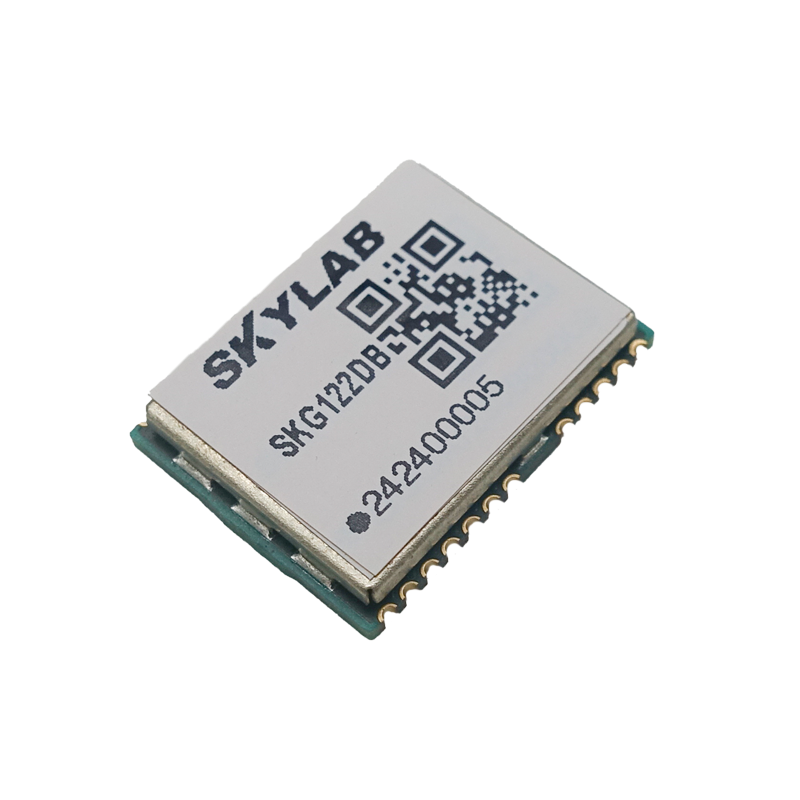SKG122DB is a low-cost and cost-effective BeiDou positioning module that supports receiving BDSB1 (B1I, B1C) satellite signals. SKG122DB has a small size, high integration, and is easy to apply, making it very suitable for GNSS scale applications with high cost requirements.

Product features
◆ 12.2mmx16.0mm small size, low power consumption, low cost, and high cost-effectiveness
◆ Support single system independent positioning and multi system joint positioning
◆ Support A-GNSS auxiliary positioning function
◆ Compatible with mainstream BDS modules, saving replacement costs
◆ Support active antenna detection and protection
SMD surface pasting mode, convenient for mass production
◆ Support BDS: B1I, B1C
Satellite receiving frequency band BDS: B1I, B1C
BDS is a Beidou satellite navigation system independently developed by China. BDS-2 broadcasts signals B1I, B2I, and B3I; BDS-3 not only broadcasts signals B1I and B3I, but also broadcasts signals B1C B2a、B2b、B2a+b。 Among them, the center frequency of the B1C frequency band is 1575.42MHz.
In satellite navigation systems, the selection of frequency bands is of great significance for signal transmission and reception. The B1C frequency band of BDS has certain characteristics and advantages, such as:
1. Higher accuracy: Signals in the B1C frequency band can provide higher accuracy, which helps improve navigation and positioning accuracy.
2. Better compatibility: The B1C frequency band is compatible with the frequency bands of other satellite navigation systems, which helps achieve the fusion and interoperability of multiple systems.
3. Stronger anti-interference ability: Signals in the B1C frequency band have stronger anti-interference ability and can work stably in complex electromagnetic environments.
The specific application and performance of satellite reception frequency bands may be affected by various factors, such as receiver performance, antenna quality, environmental conditions, etc. In practical use, it is necessary to select and optimize according to specific situations to achieve the best navigation and positioning effect.
Copyrights© Shenzhen Skylab Co.,LTD All Rights Reserved.

